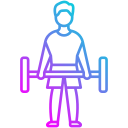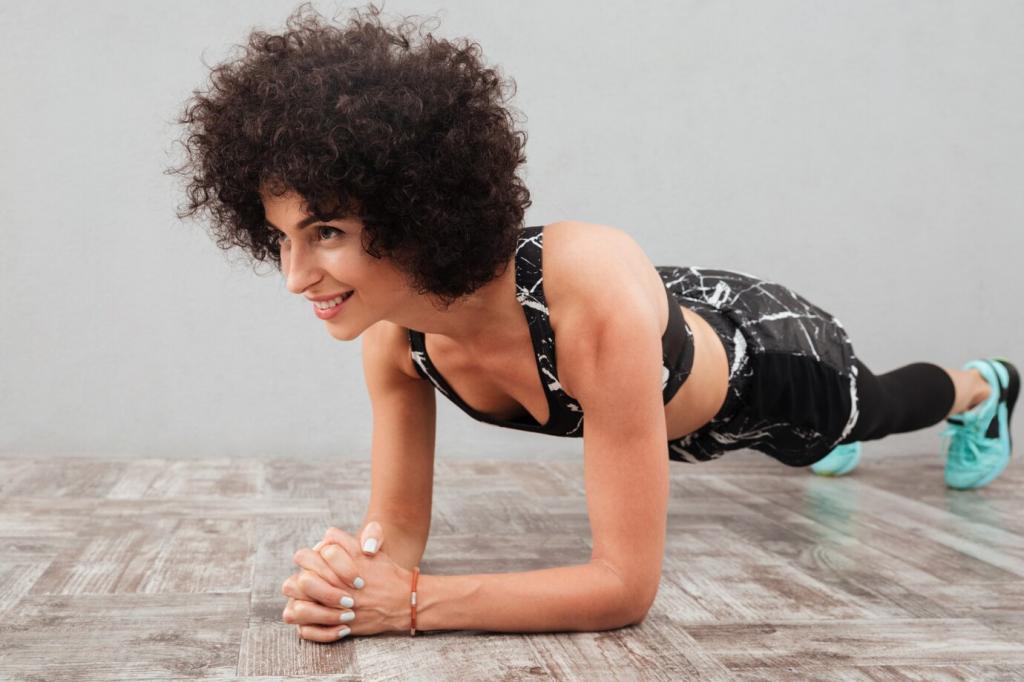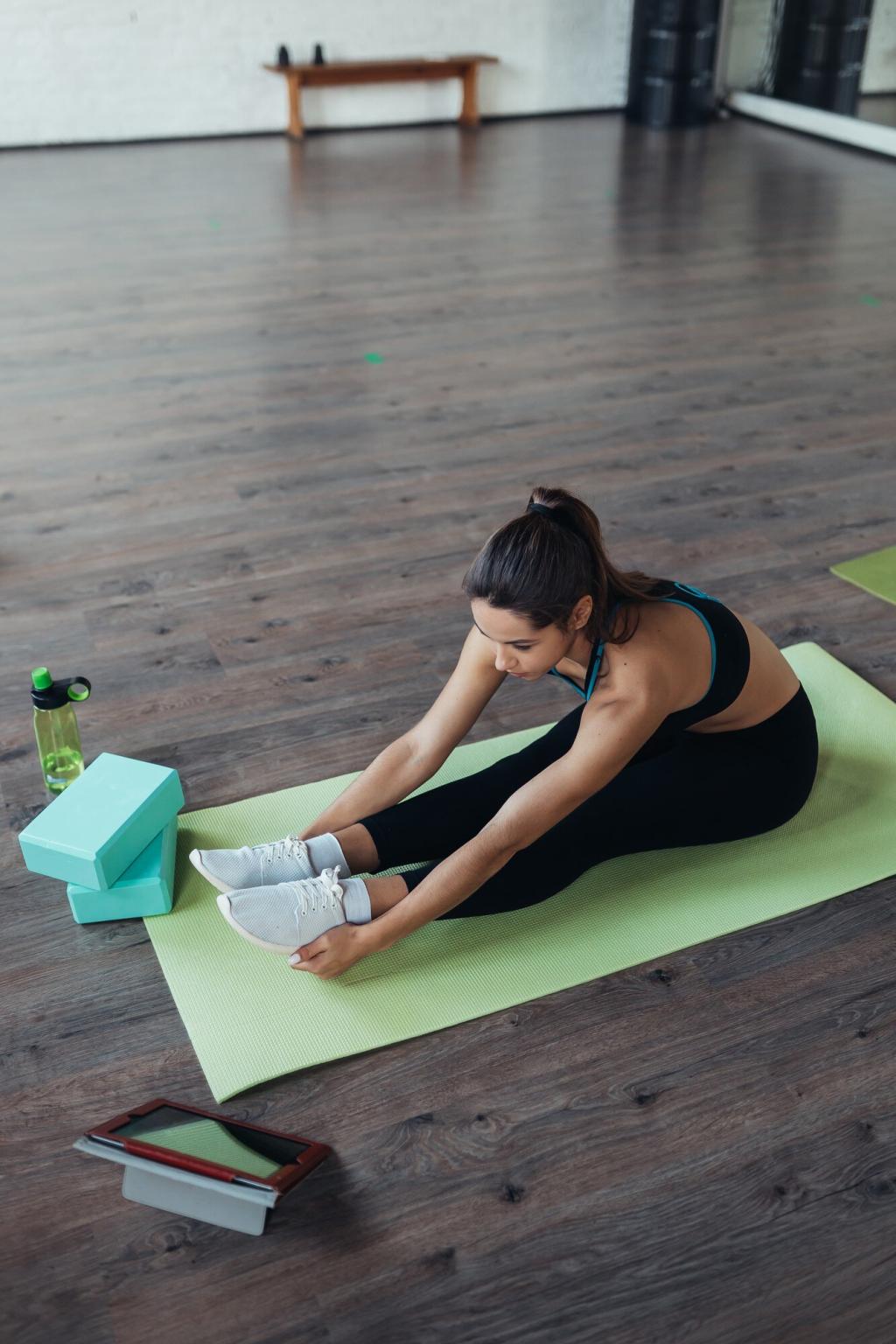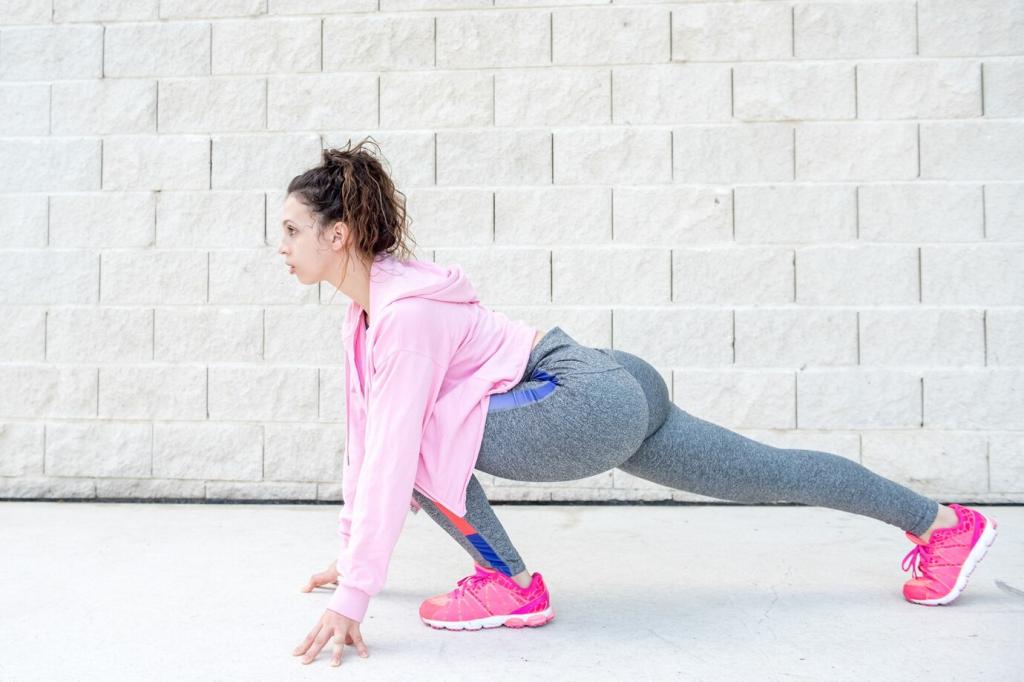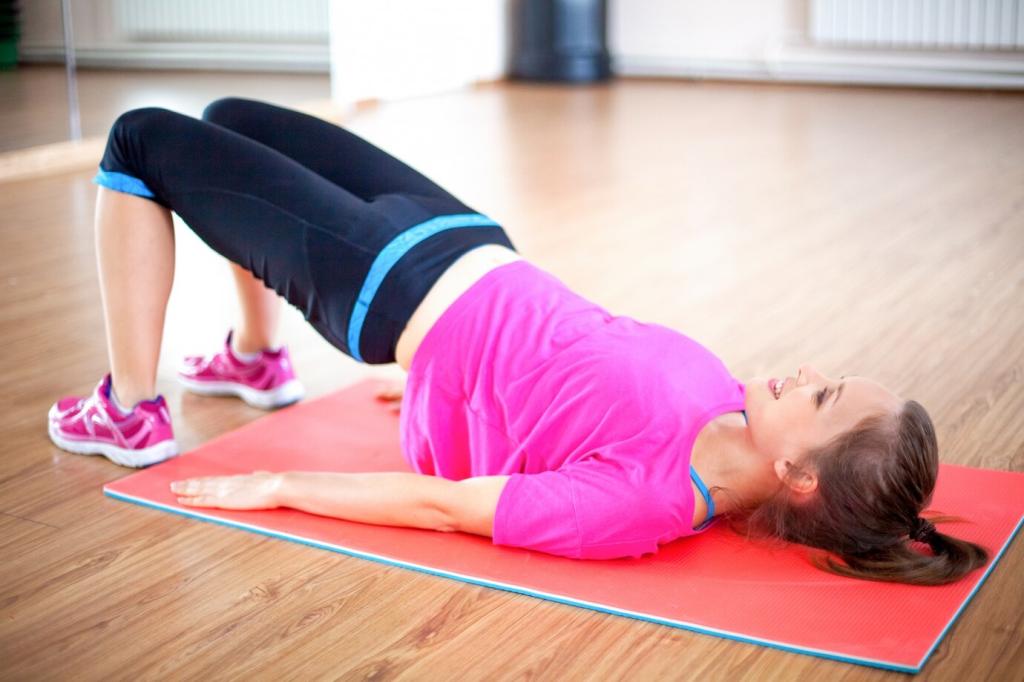Foundational Movements for Total-Body Strength
Stand shoulder-width, toes slightly out, and sit your hips back like reaching for a chair. Keep heels grounded, knees tracking over middle toes, and chest tall. Start with a partial range if needed. Share your favorite cue—“knees over laces” or “reach the hips”—to help fellow newcomers.
Foundational Movements for Total-Body Strength
Begin at a wall, hands under shoulders, body straight, then move to a countertop, and later the floor on knees. Keep elbows at about forty-five degrees and squeeze your glutes for stability. Tell us which variation felt right today, so we can cheer your next step.
